A Picture-Book: Rika, Rozo, Zazie, and the Eels
Forest-Spirit Music, Creek-Walking in the Place of Snares
Moondog:
“One thing about life, be it said:
It feeds upon itself over and over
And of itself, is fed.”
Wearing my new green dress1 and my new green hat (new like new leaves, for Spring) I rode the number 14 up into the hills. The other, Northern side of town, where I hardly ever come. Wellington unfolded like a cracked fortune cookie. Holding onto the bus-pole so as to look out the windscreen, swaying with the corners, I could see the entranceway to Ōtari-Wilton’s Bush coming into view, but when I asked if I should ring the bell, the bus driver said we weren’t yet close enough. He took me on a winding five-minute loop, way up into the suburban hills of Wilton2 and back down again, to get me 50 metres closer to the gate.
It was a blazing day, more like Summer than early Spring, and as I stepped inside the carved archway every plant and stone in the rock garden looked cut out of paper; bright, crisp-edged. I consulted the map-board— YOU ARE HERE— and made my way downhill by tricksy gravel paths. (Down to the water, be like water and flow down.) There were kākā calling close by, and thinking of fairy lures I followed the sound into the dapples until I was underneath the tree they were in: a tall kanuka, with a high crown so dense it was almost black, dotted with smaller flitting birds. Gaze up as I might, I couldn’t see the kākā, but their presence filled me with a sparkling joy, as always.3
Down the zig-zag. When I came out onto the Troup Lawn I walked light across the green grass. Dark walls— steep hills with tall trees— sheltering the bright bowl. Spring! Spring! Spring! Secret journey, surprise presence. I hadn’t seen Rozo for some months, and she had come to my exhibition opening the night before so late from a delayed flight that we had missed each other. She had wanted to surprise me, but now here I was surprising her.
Rika and Rozo sang Moondog rounds as they cooked. “Why spend the dark night with you? What a fearful price to pay. Other nights would but be lonely dark ages for me. Why spend the dark night with you?” They offered food to anyone nearby: mushroom dumplings, served on kawakawa leaves. Kate ate hers dumpling, leaf, and all.
I noticed this:
Look, I said to the three women who had set our their picnic blanket next to ours, A falcon took prey here. They nodded.
I said, You know, a falcon— a bird of prey? I made swooping wings with my hands. I was addressing myself to the youngest one, the one who had joined in on the Moondog by ringing small bells.4 She nodded politely.
I wanted them to understand. “A big bird ate a small bird.”
Ah! The young-old one spoke to her Mother in Mandarin, then turned back to me. “It pulled out the feathers?”
I told about how falcons pluck the breast-feathers before tearing open the breast.
Murder on the lawn, maybe at dawn, or yesterday evening. The peregrine falcon in its stoop is the fastest animal on the planet. But here we have the kārearea, the bush falcon; and in ancient times, maybe Pouakai, Harpagornis moorei,5 the giant eagle, would have taken moa here when they came down to the stream to drink. Pouakai was an ambush predator, it’s thought. Moa were habitual, making paths called ara-moa— moa roads— through the forest. (Foolish, incredibly foolish.)
I wanted to get out of the sun; I fear it.6 Rika and Rozo went into the shade of the tin-roofed shelter, which by their presence became a temple:
I went down towards the water, across the broad shallow Kaiwharawhara— sun-spotted, clear brown as milkless tea— and rock-hopped up the small tributary, crossing from one bank to the other at whim in my inadequate city-shoes,7 drawn by individual patches of moss; boulders, rock-faces, trunks. I could hear water-music, and people’s voices on the high trails above.

Creeks are paths in the bush. They’re an unmistakable trackway, to follow up or down. A bush-creek is my original habitat, as the rocky shore is my chosen one. I spent countless hours as a child, with my sister and the three neighbour-kids, following the three streams that ran through our parents’ land. Hunting for kōura— small crayfish, variable in colour from pale fawn to almost black— under the lip of rocks with my hands, climbing the slippery waterfalls by feeling for footholds with my toes.
Once we accidentally caught a galaxiid while fishing for eels.8 (I think now, from its remembered size, it was a kōkopu. It scared and fascinated us; we had no idea what it was.) Another time, as an adult, I found a fossilised bivalve in the creek, like a scallop. I remember how, out of the brown tones, the shell-form suddenly appeared.
I followed the tributary’s flow back down again, little stream to big stream, and on down the big stream, the Kaiwharawhara.9
I was trying to photograph the way the water moved when the big eel appeared in my picture, making its way upriver in sinuous thrusts.
I walked quickly back upstream to the green, and called out to Zazie, “An eel is coming!” Zazie fed the eel, and another that came, with pet food: minced kangaroo meat,10 served with chopsticks. I thought the eels would fight, but they didn’t. One had white bite-marks and a tattered fin, but the other was unscarred.
I told Zazie about how the dimples in eels’ snouts are electrical-sensing organs, and we talked at length about eels’ spawning habits: how they all leave their home rivers and go somewhere near Tonga to spawn, and then the babies— little clear leaf-shaped beings— make their way back home to the same streams.

Afterwards, on the way back up the path, Rika sat in a glade and played the big recorder.

As we approached the waharoa, the carved gateway out, Rozo accidentally dropped a big metal spoon off the high walkway. It bounced through the crack and fell down, down, down to the forest floor, where we could see it shining in the dark leaf litter far below. Maybe the patupaiarehe, like European fairy peoples, hate metal.11
A silk kaftan with a pattern printed in white on the front: concentric circles of radial vegetative forms, centred on my belly button. I’ve become obsessed with green, since moving house.
The suburb is named after Job Wilton
Kākā, Nestor meridionalis, are big green parrots with red underwings who tend to fly around in small gangs. Like many parrots, they like to yell. Their presence in the city is the spillover of the Zealandia eco-sanctuary not far from Ōtari-Wilton’s Bush: a forest reserve that is the only one of its kind in the world— a fully-fenced wildlife sanctuary in an urban setting. They feed the birds inside Zealandia to ensure visitors can see them, which makes them tamer than normal when they leave home and go roaming.
I have heard kākā in my far-flung neighbourhood once or twice, and once saw a single kākā flying over my house before dawn. Kiwi have been released on the far side of the huge reserve near my house as part of The Capital Kiwi Project. I live in hope of the night I hear a kiwi’s spine-tingling call.
Later when I looked up the meaning of Ōtari, I found that it means ō tari— ‘of snares’— and that the proper name is Ōtarikākā: place of bird-snaring. I asked Rika to try calling the kākā with her recorder, but I couldn’t manage, by whistling or voice, to demonstrate the correct sound. I had forgotten to bring my karanga manu:
This is a traditional bird-lure, played by part-blocking with your lip and blowing. It produces a variety of high whistling noises that drive dogs crazy. I have managed to slightly intrigue— if not exactly lure— kākā with it.
(Hear it played by Richard Nunns here: Radio New Zealand - Karanga Weka and Karanga Manu)
“You can join in, if you can keep a beat!” Rika had said, not unkindly.
It seems to have a new name since last I looked: Hieraaetus moorei. T’Internet says: “DNA analysis later showed that this bird is related most closely to the much smaller little eagle as well as the booted eagle and not, as previously thought, to the large wedge-tailed eagle. Harpagornis moorei was therefore reclassified as Hieraaetus moorei.”
Despite, or maybe because of, my four planets in Leo…
Later, when I took them off, my black slippers had pale creek-mud on their flanks.
Our hearts were never in the eel-fishing. It was a brief phase. Eels are hard to kill.
Wendell Berry says “Do unto those downstream as you would have those upstream do unto you.”
Eels are fairly omnivorous, but we wondered if they’d ever eaten kangaroo before.
The patupaiarehe— supernatural forest beings— have other habits in common with European fairy tribes, such as luring human travellers with flute music. They are red-haired, green-eyed, and pale-skinned, and dislike human-things, such as cooked food. The regrowth kanuka bush of my childhood is inside the ancient forest-cloak called Te Wao Nui a Tiriwa— Tiriwa’s Great Forest. Tiriwa is a Te Kawerau ā Maki ancestor; a tūrehu / patupaiarehe chief.





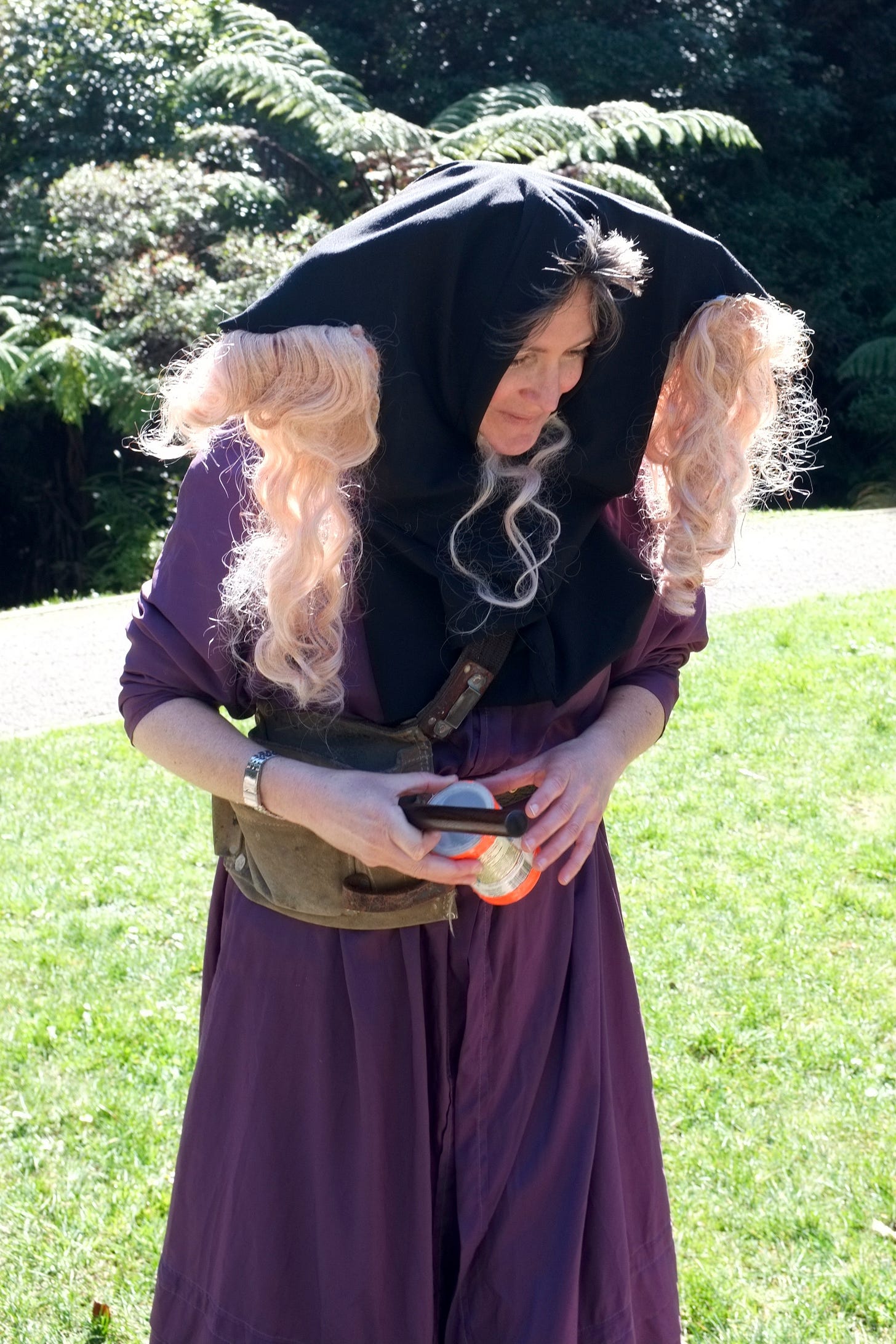
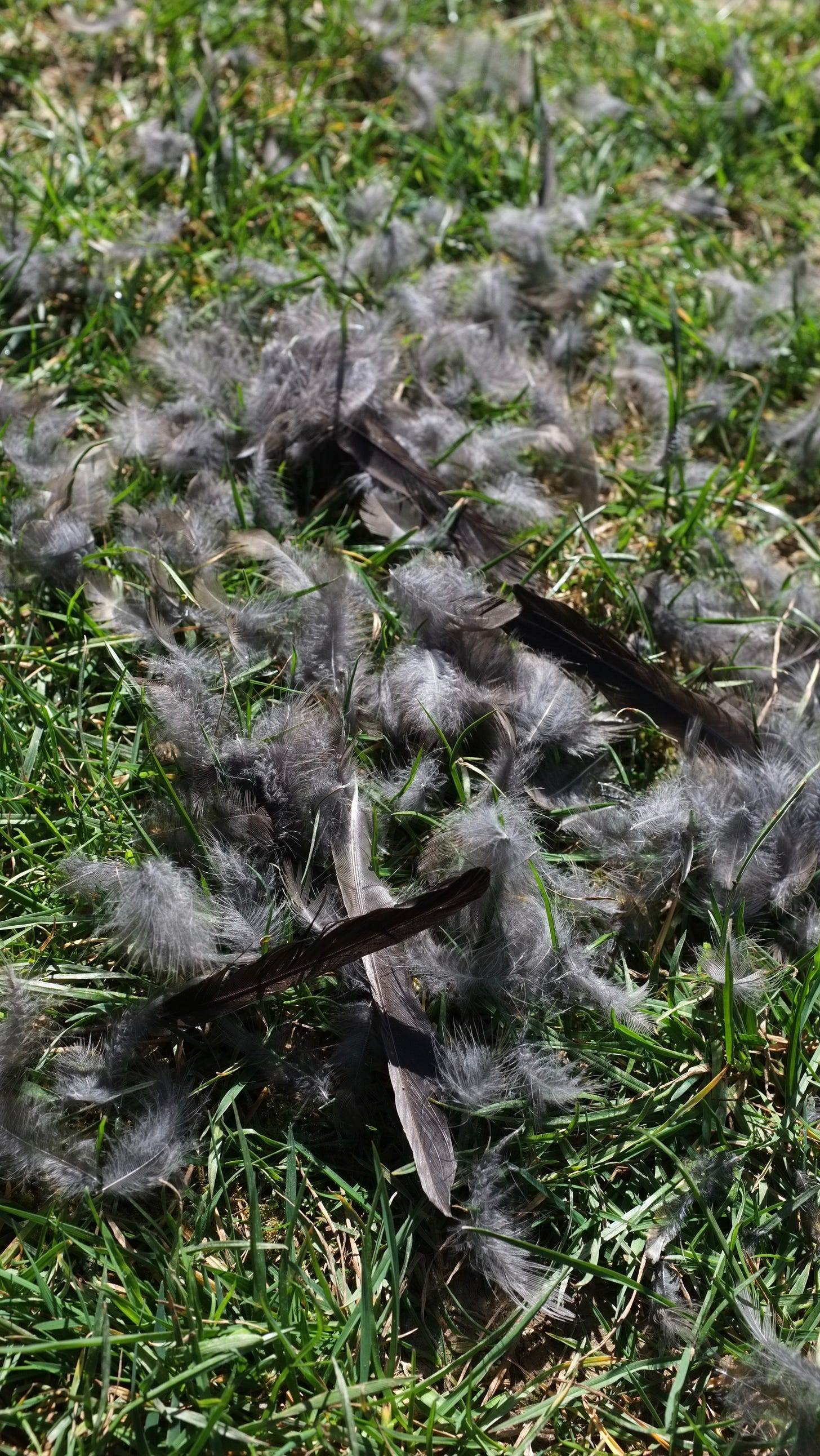
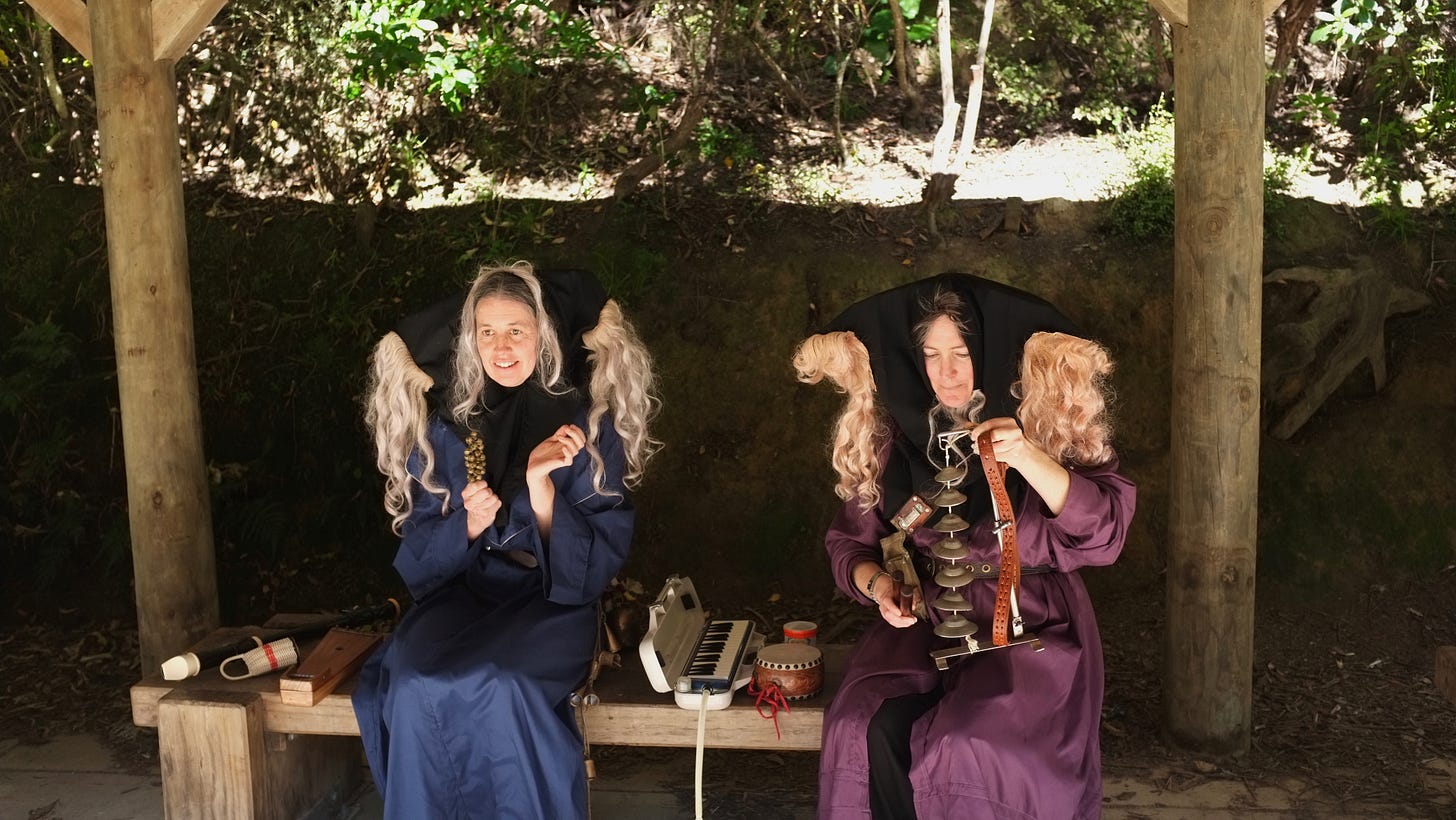
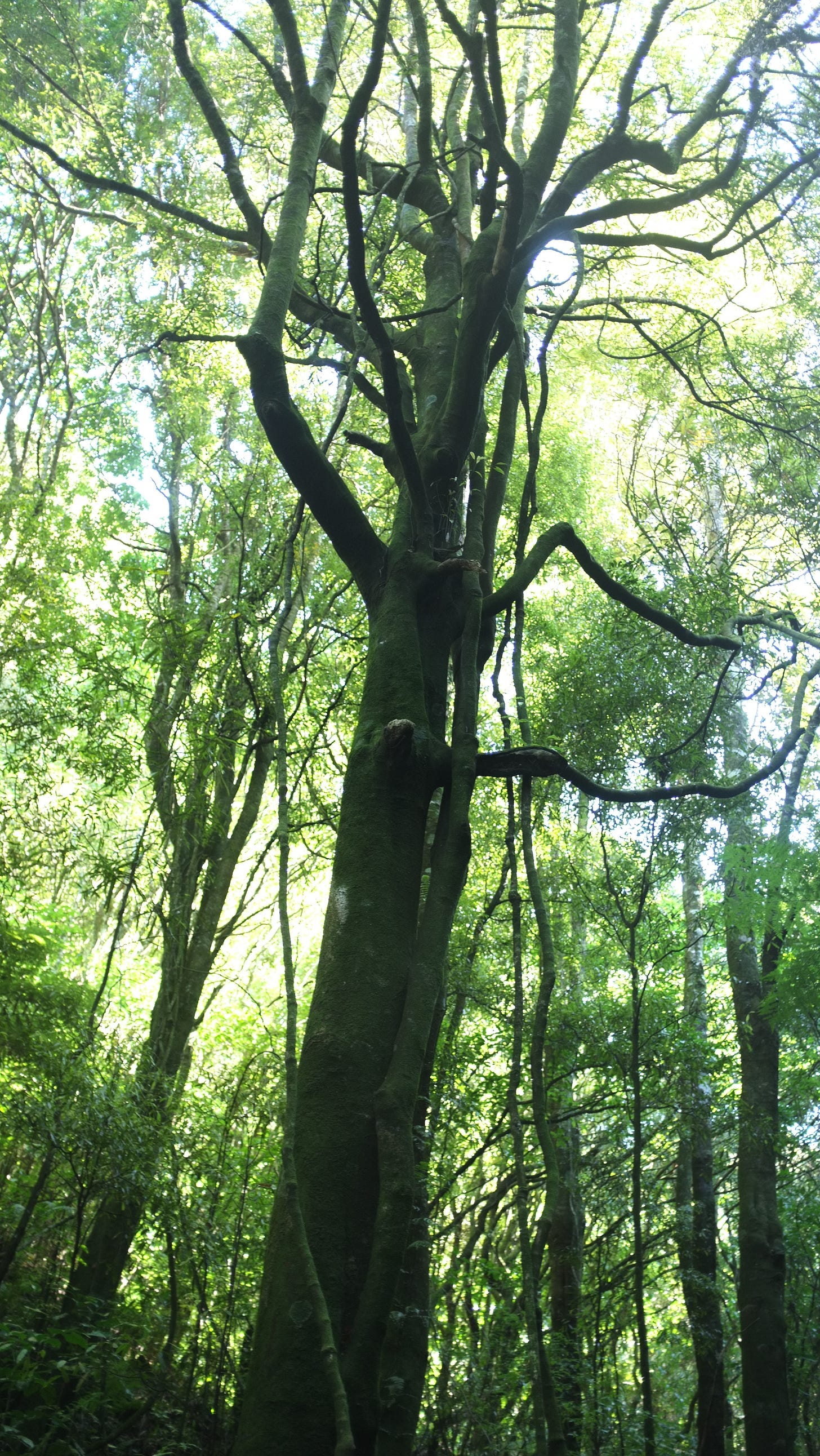
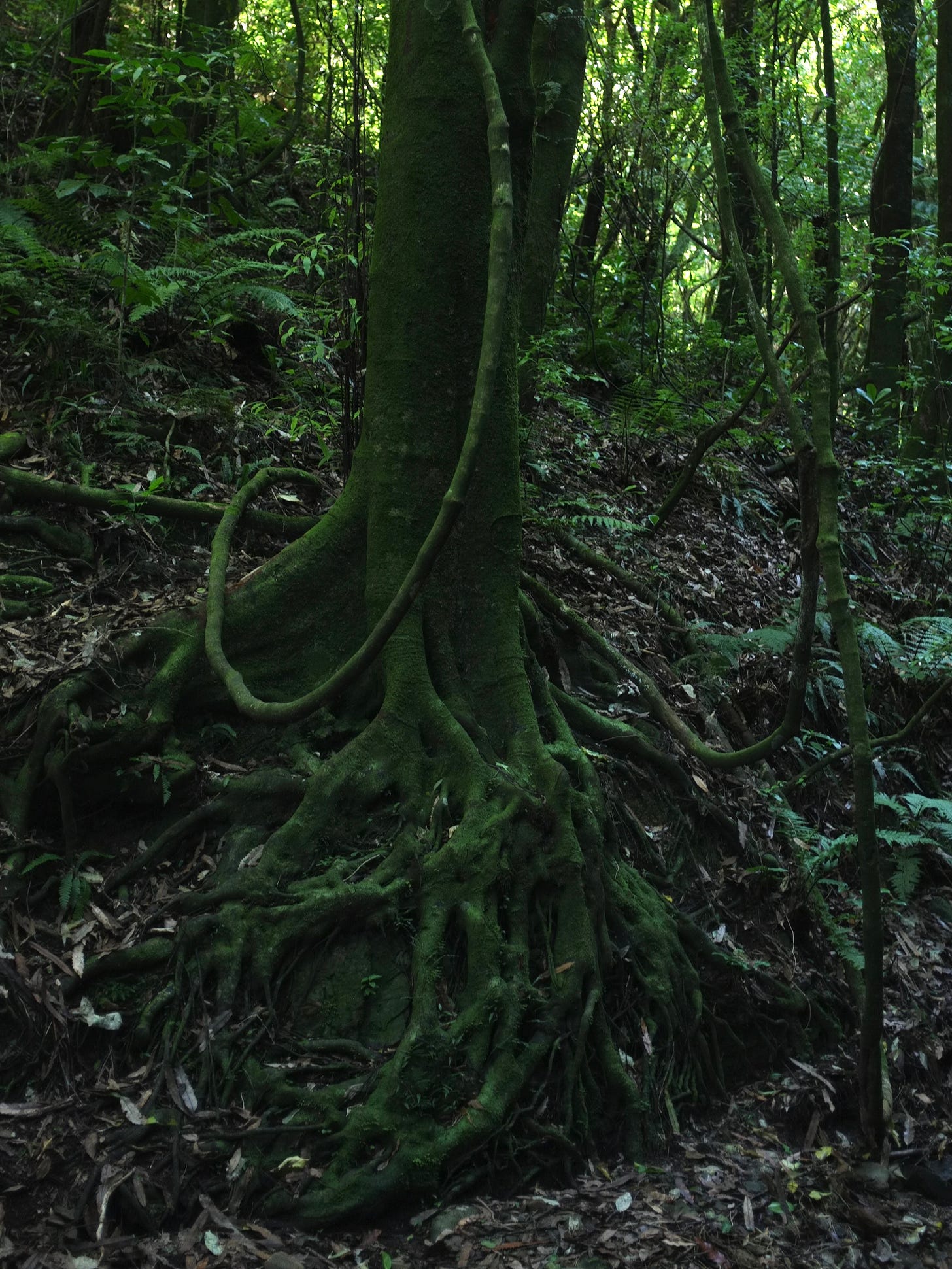
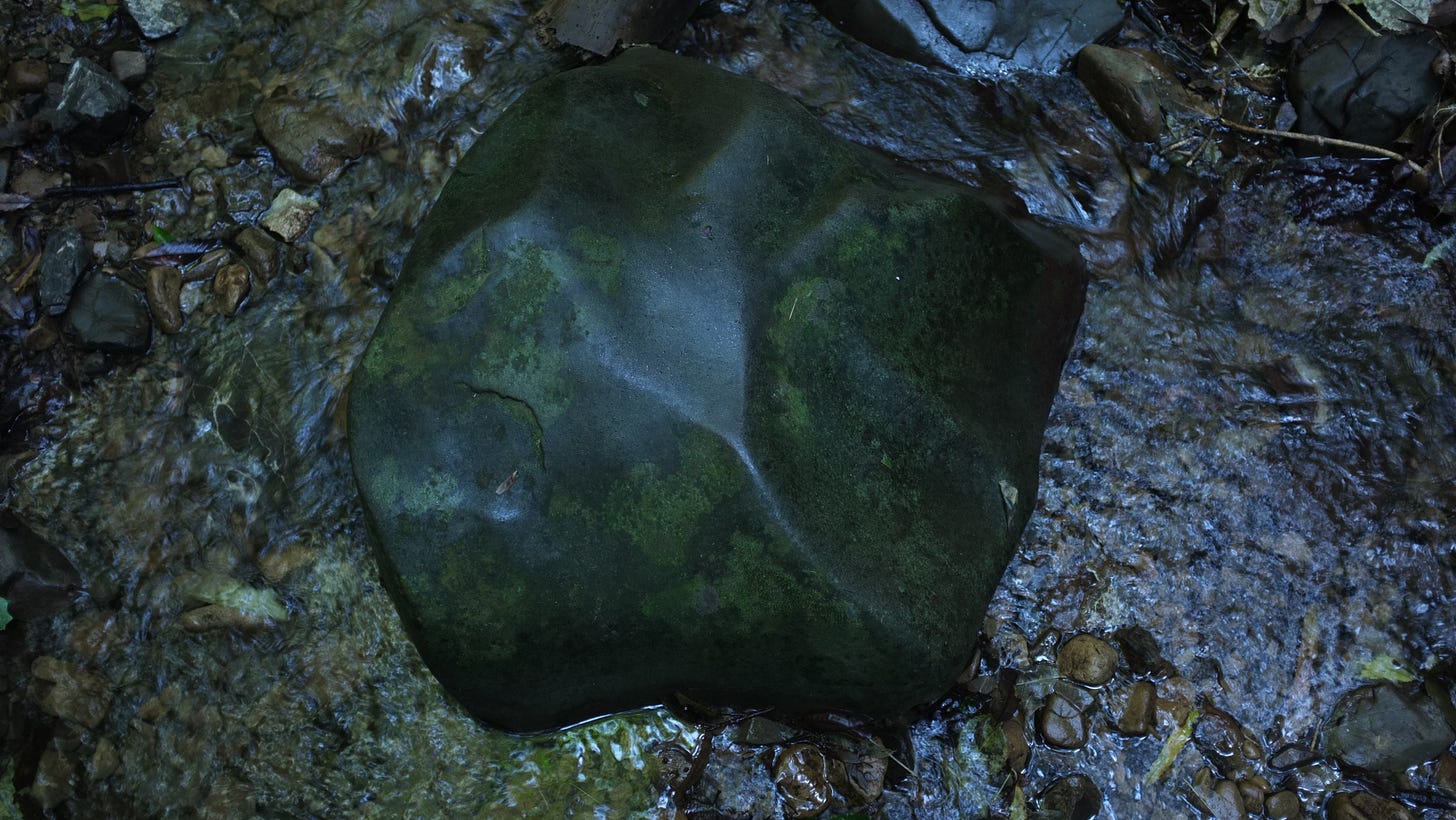
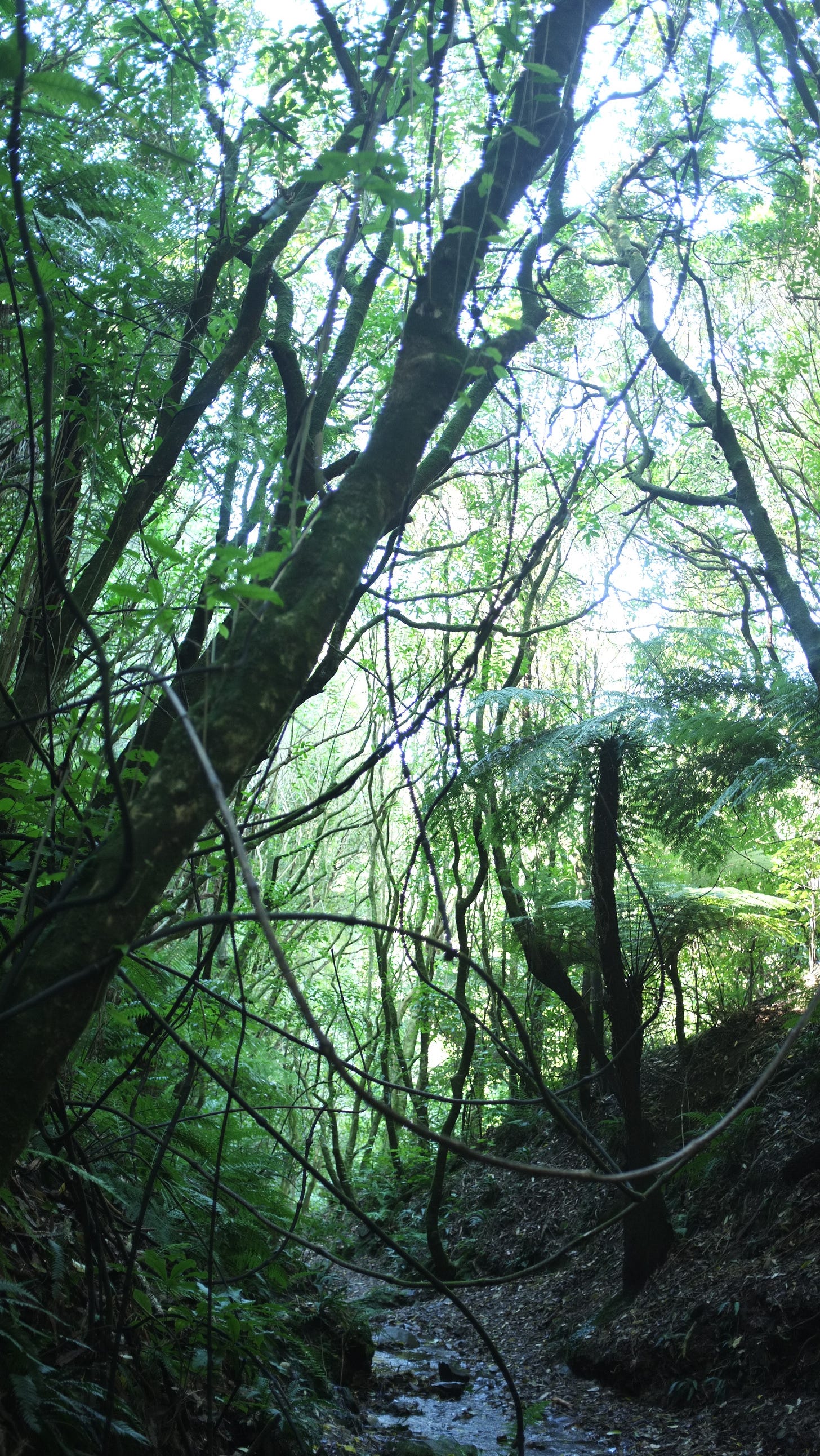






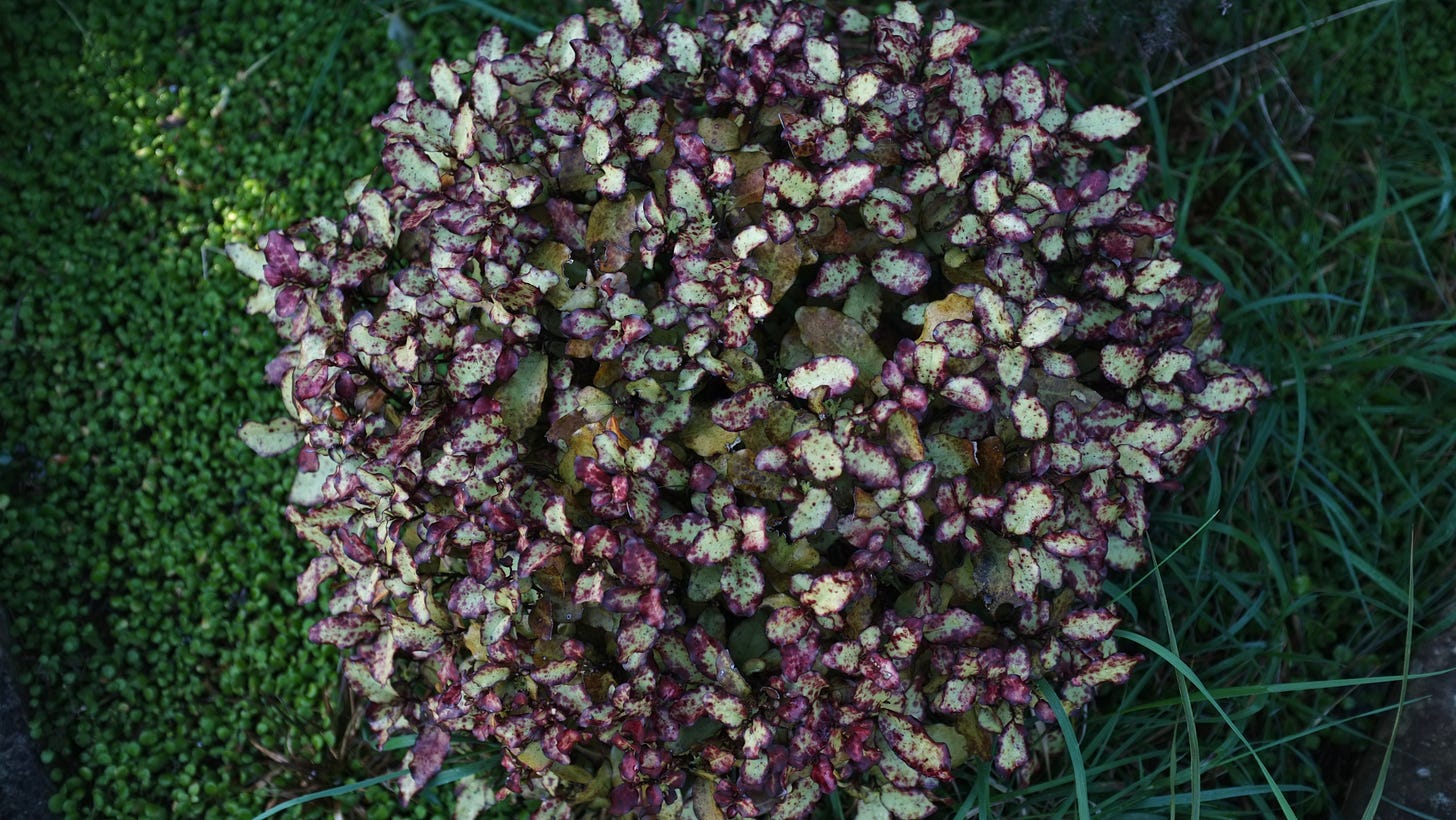
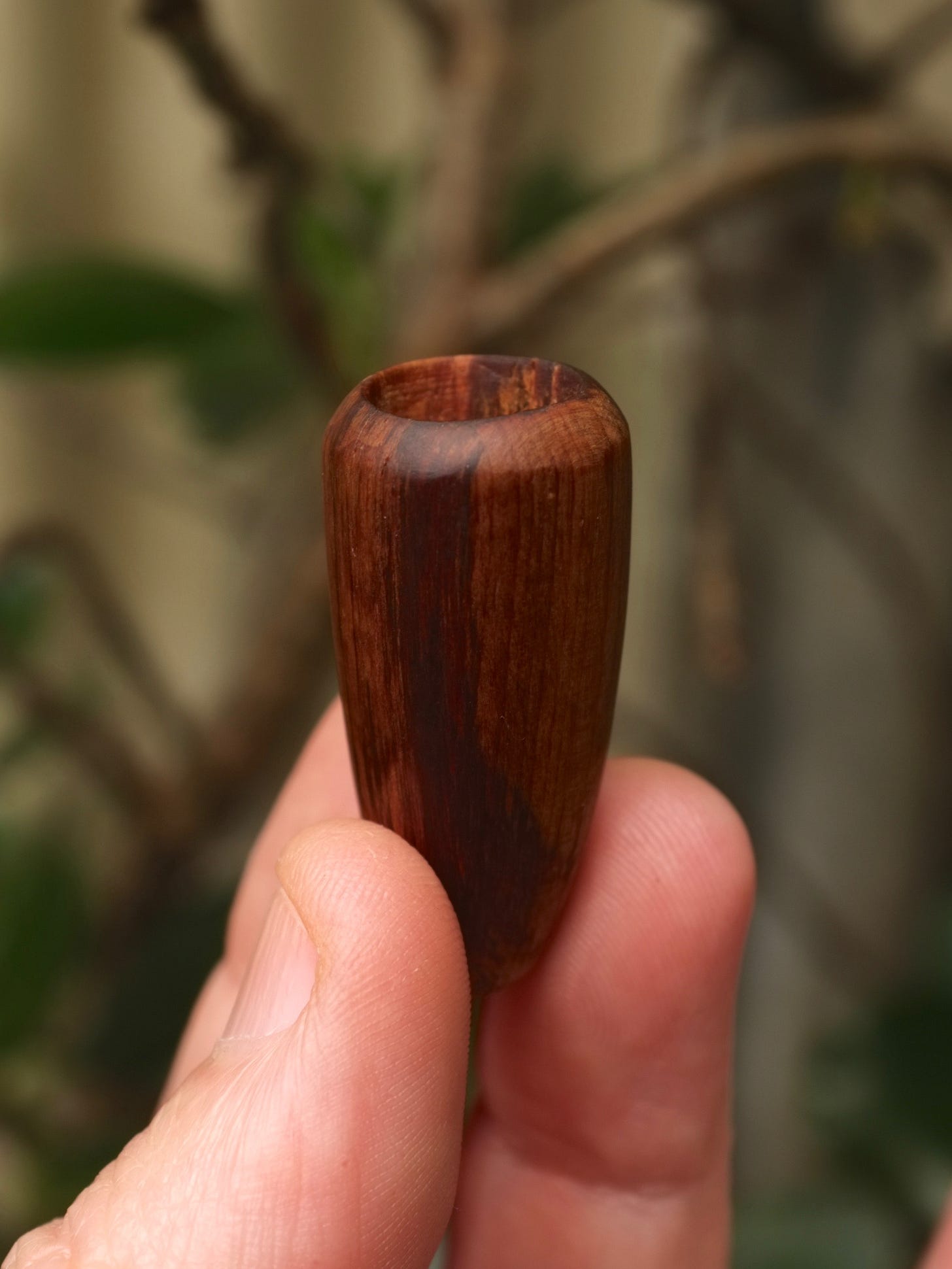
Your writing is a place for me to sit quietly and experience a world unknown to me, yet familiar. ❤️❤️❤️
oh the great magic X the great eel X and great stories X